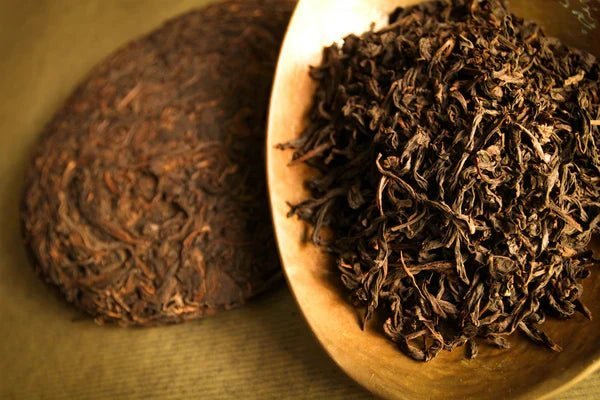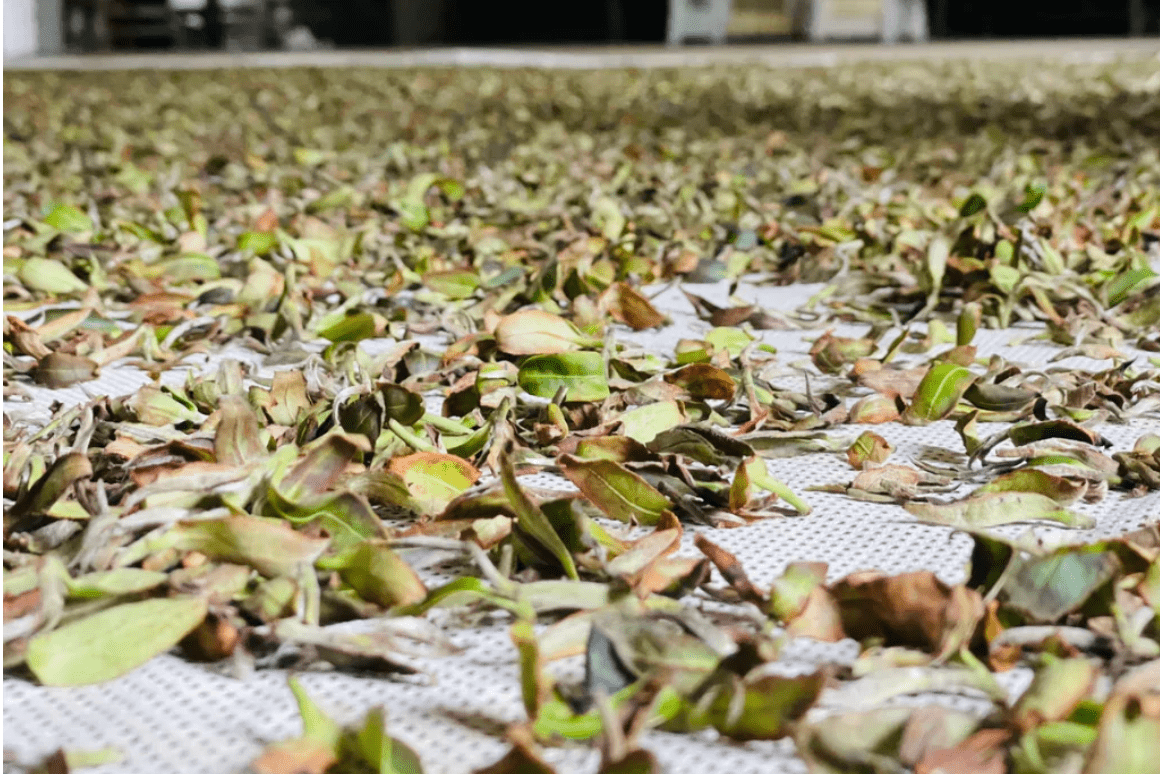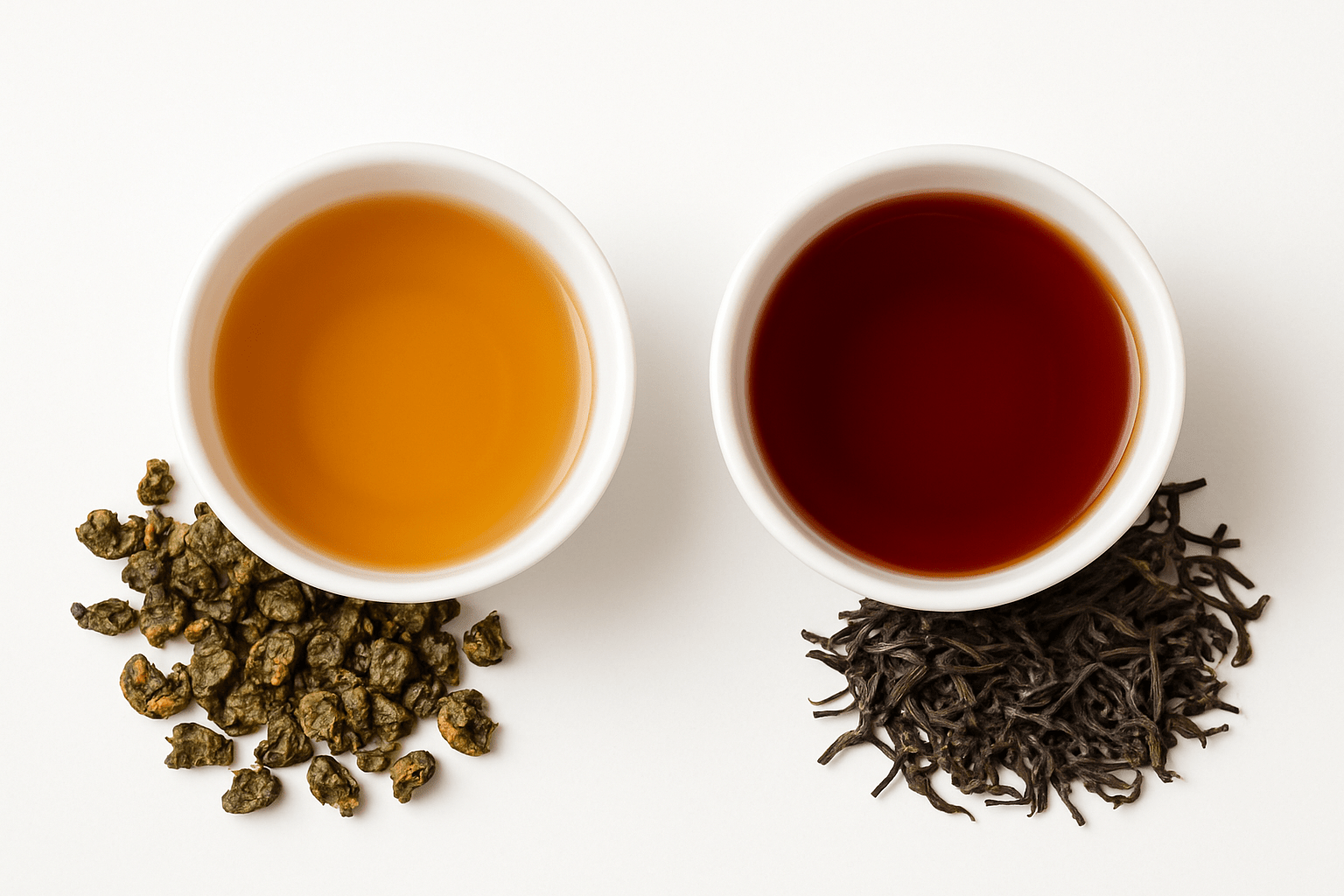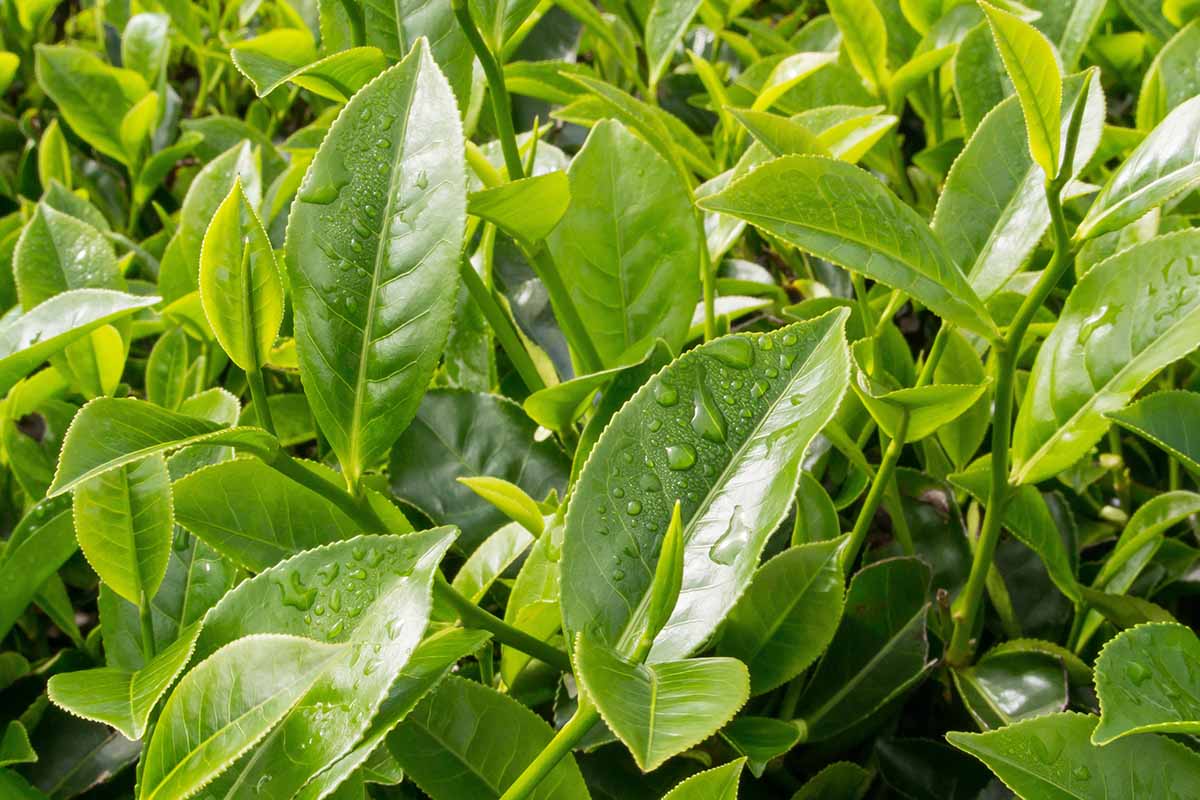Your Cart is Empty
Single Origin Loose-Leaf Tea
Explore loose leaf tea selected for purity, provenance, and flavor, from green and black tea to matcha and chai.
Shop Our Featured Tea & Wares
Sourcing With Integrity
DIRECT SOURCES
We’re open about where our tea comes from. Every kilo of tea we buy is traceable to the farms it was plucked from. We publish farm coordinates, maps, and media, including interviews with our producers. They’re dear friends who update us regularly on tea production and farm life when we can’t be there ourselves.
(Keep up with them here.)
Our transparency model is progressive in an industry where the norm is to conceal (partially or wholly) information about tea sources. We have nothing to hide.
DIRECT LANGUAGE
Tea is complex. Distilling its long history, rich culture, and the current science into useful, easily understood information is our job as modern tea importers. It’s easy to use exotic-sounding verbiage and folklore in lieu of providing objective information. And whether it’s intentional or not, that style of mystique marketing does a disservice to specialty tea. We reject it.
Clear, concise information is the bedrock of transparency. From origin transparency, to processing descriptions, to flavor notes, we speak in accessible, objective terms about tea. But you don’t need to be any type of “nerd” to appreciate our tea at a high level. Ask us anything. We won’t talk past you.
Wholesale Programs with Intention and Craft
Ask About Wholesale
We're always looking for partners who share our philosophy of directness and transparency.
Best Selling Collections
Single-Origin Tea from Independent Farms
Browse Origins
Trace every loose leaf tea back to the growers who made it. Explore origin stories, harvest methods, and the landscapes behind each cup.

Aging Tea: Which Tea Types Improve with Time (and How to Store Them)
Not all tea benefit from aging. Learn which tea improve with time, which are best fresh, and how to store them so they evolve properly.

The Art of Bruising in Oolong Tea
Bruising is a deliberate step in oolong tea making that helps develop aroma, depth, and complexity. Learn how gentle leaf damage shapes flavor.

Oolong vs. Black Tea: How Oxidation Shapes Flavor & Energy
Discover how oxidation separates oolong from black tea—and how it transforms taste, aroma, and caffeine’s calm, balanced energy.

L-Theanine in Tea: The Calm Focus Behind Every Cup
Learn how L-theanine shapes tea’s calm energy and how matcha, green, and oolong teas naturally balance caffeine and clarity.













